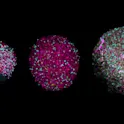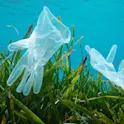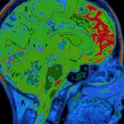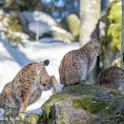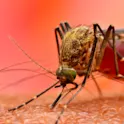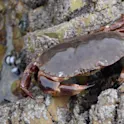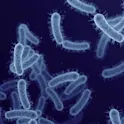
Featured news
28 Feb 2023
From anti-antibiotics to extinction therapy: how evolutionary thinking can transform medicine
by Liad Hollender, Frontiers science writer Image: Shutterstock Antibiotic resistance, cancer, and obesity are on the rise despite intense drug development efforts. To curb this trend, scientists release a research plan for evolutionary medicine, guiding the way for innovative biomedical therapies and more effective public health measures. The word ‘evolution’ may bring to mind dusty dinosaur bones, but it impacts our health every day. For example, even though antibiotics were invented only a century ago, the evolution of antibiotic resistance is already a major concern. The rise in modern health problems such as obesity can also be traced back to evolutionary principles. An article published in Frontiers in Science demonstrates how applying an evolutionary perspective to medicine can inspire new ways of preventing and treating disease. “Evolutionary medicine holds promise to transform our understanding of why we get sick and strengthen our ability to protect human health,” said Dr Barbara Natterson-Horowitz of Harvard University and the University of California, Los Angeles. “We came together with experts across many fields to create an overarching research agenda for this field.” “Our aim is to drive new biomedical innovations and effective public health measures, for everything from infectious disease and pandemics to cancer, […]
